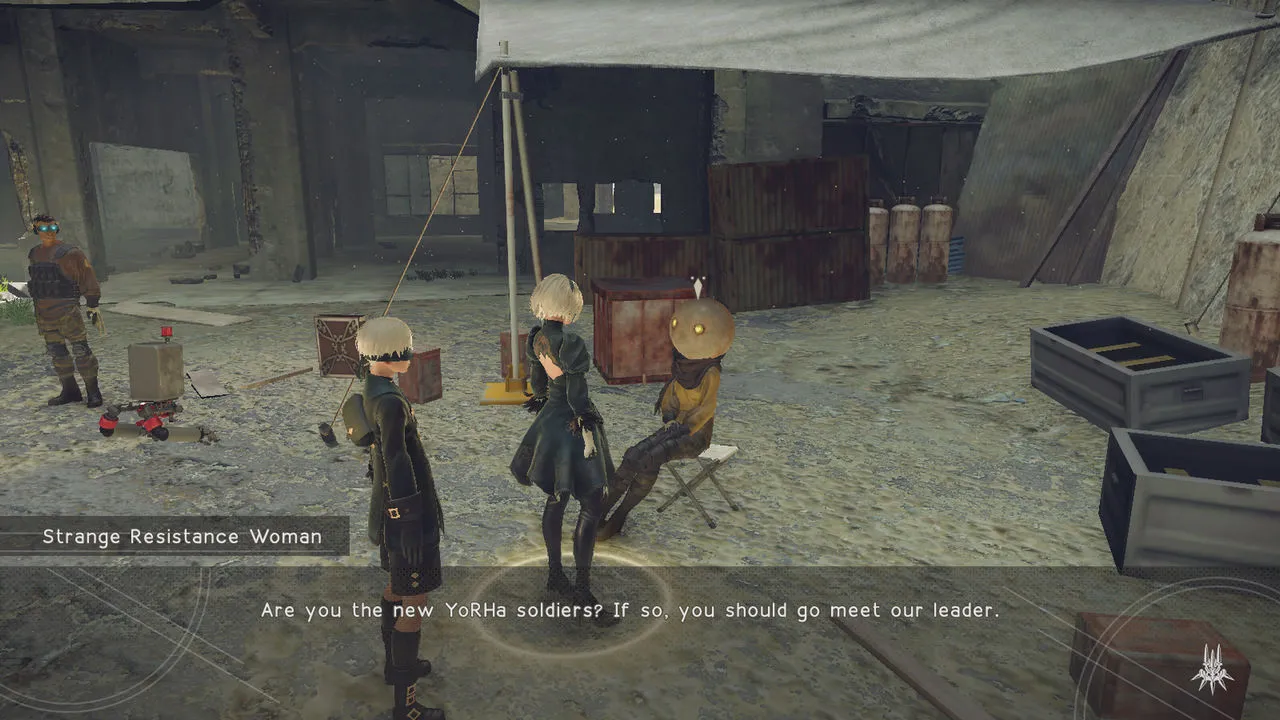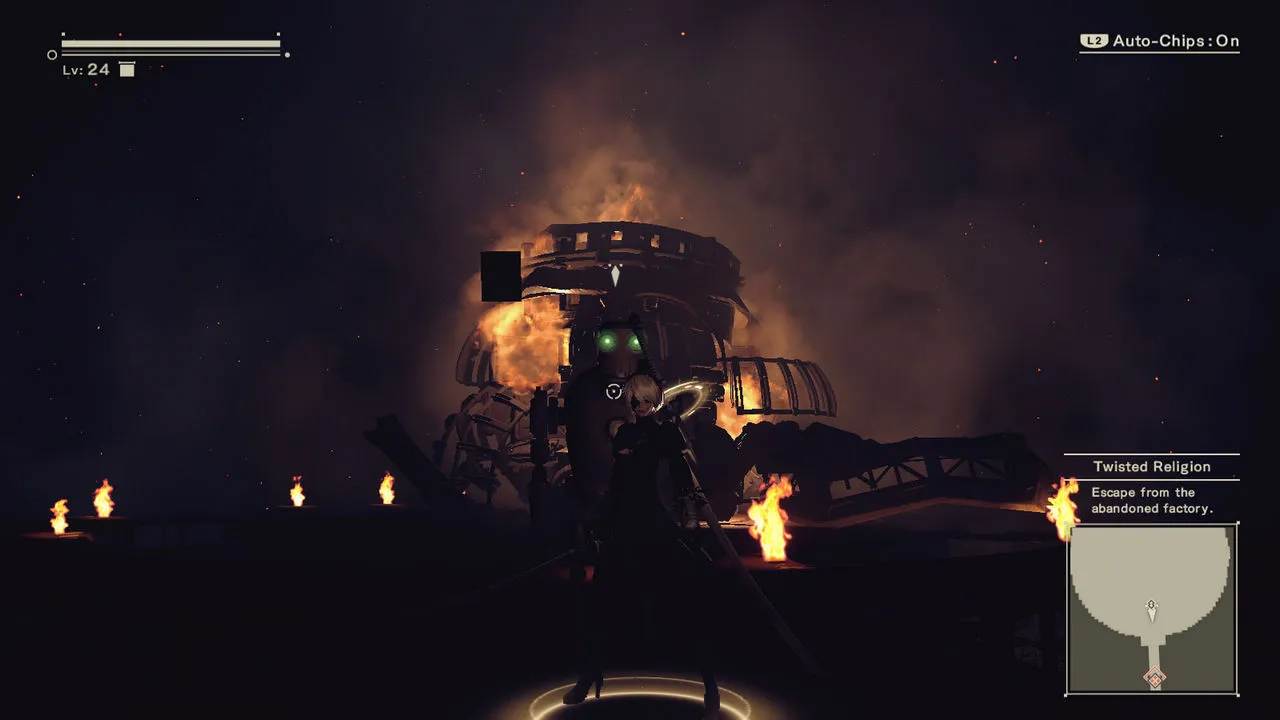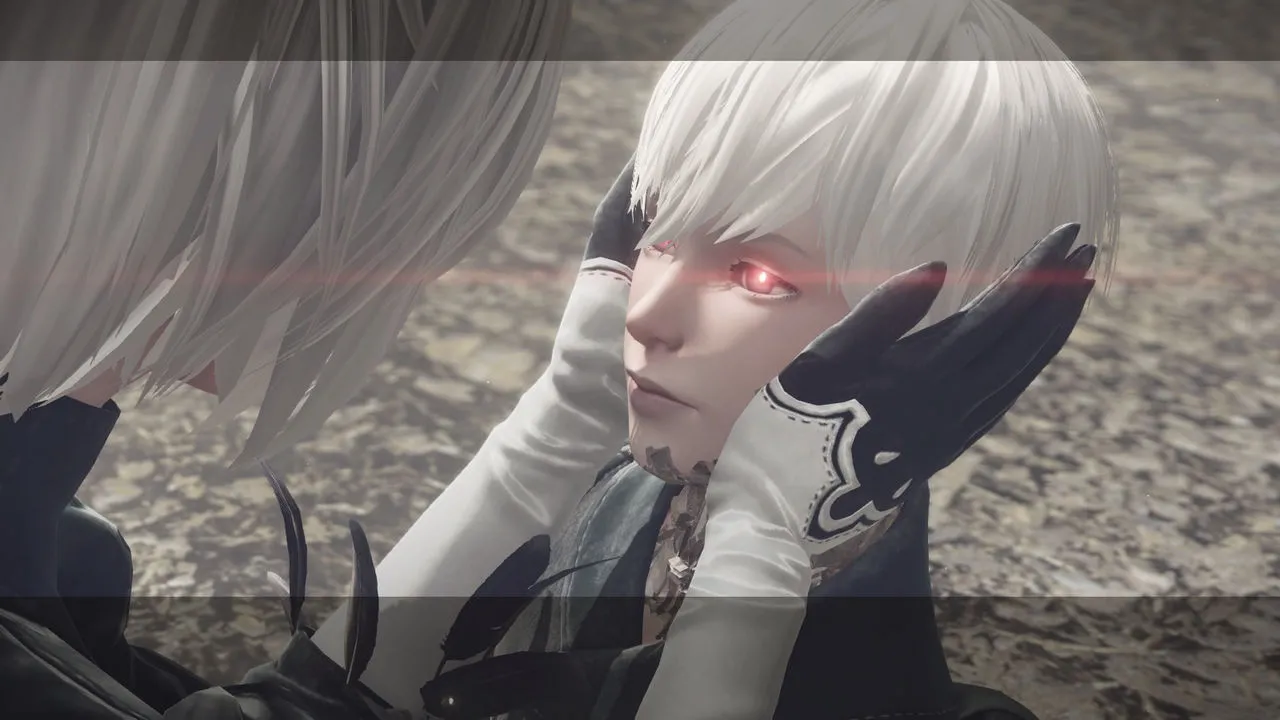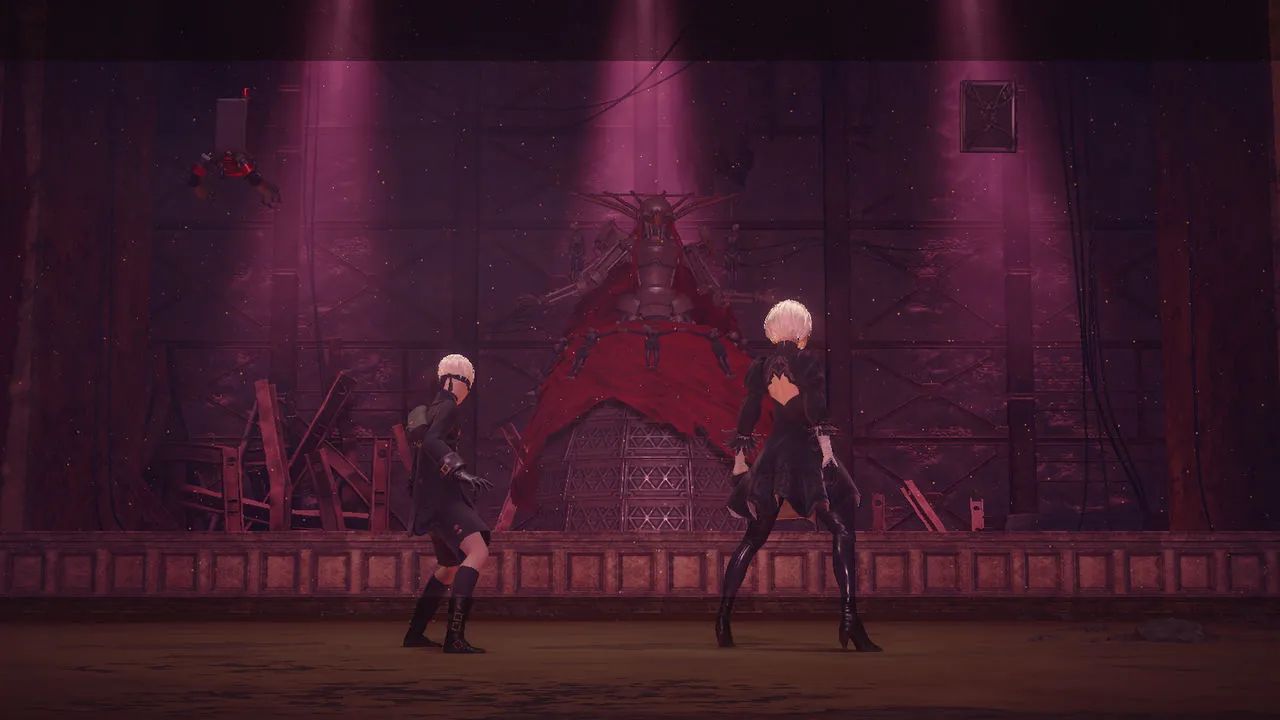
NieR: Automata: A Timeless Masterpiece
Contents
Before Square Enix announced NieR: Automata, Yoko Taro was a relatively unknown figure outside his dedicated fanbase. Despite this, his creative genius, often masked both literally and figuratively, was undeniable. After his former company, Cavia (creators of Drakengard and NieR) dissolved, Square Enix surprisingly recruited Taro as a freelance director. This unconventional approach speaks volumes about Taro’s unique storytelling prowess, which set him apart from industry giants like Hideo Kojima and Shinji Mikami. Taro’s narratives are known for their unexpected twists, tragic characters, and thought-provoking themes, often leaving players with a sense of bittersweet satisfaction.
NieR, his previous work, embodied this unconventional style. While commercially unsuccessful and critically divisive, it garnered a cult following for its compelling narrative, memorable characters, and haunting soundtrack. A sequel seemed unlikely, making the announcement of NieR: Automata a welcome surprise, albeit a risky one. However, the collaboration with PlatinumGames proved to be a game-changer.
 2B and 9S in NieR: Automata
2B and 9S in NieR: Automata
Yoko Taro’s Signature Brilliance
While Drakengard and NieR didn’t achieve widespread acclaim, they showcased Taro’s distinct artistic vision. NieR: Automata takes this vision to new heights, refining his signature blend of philosophical depth and unconventional gameplay. Set thousands of years after the original NieR, Automata introduces a new narrative accessible to newcomers. Humanity has abandoned Earth, leaving behind androids like 2B and 9S to battle alien machines. This post-apocalyptic setting serves as a backdrop for exploring complex themes of humanity, identity, and sacrifice.
With NieR:Automata, Yoko Taro has crafted a truly artistic experience, showcasing his most impressive creative strengths.
Taro masterfully weaves philosophical questions into the narrative, prompting players to contemplate the nature of humanity and the meaning of existence. NieR: Automata excels at connecting seemingly disparate plot threads, revealing a tapestry of interconnected events as the narrative unfolds. Every moment, even seemingly insignificant ones, contributes to the overall emotional impact. Taro’s eccentricity permeates every aspect of the game, from character design and enemy encounters to the inclusion of shoot’em up sequences. Even the game’s multiple endings, both main and side, contribute to the overall experience, with the true ending offering a profound online interaction that lingers long after the credits roll.
 Environment in NieR: Automata
Environment in NieR: Automata
The PlatinumGames Touch
Taro’s previous games were often criticized for their lackluster gameplay. The partnership with PlatinumGames, renowned for action titles like Bayonetta and Vanquish, generated excitement. While not directly helmed by studio veterans Hideki Kamiya or Atsushi Inaba, NieR: Automata benefited from the talent of PlatinumGames’ “B-Team,” including Takahisa Taura and Isao Negishi. The combination of PlatinumGames’ energetic approach and Taro’s unique vision resulted in a surprisingly polished action RPG experience.
The synergy between PlatinumGames’ youthful energy and Yoko Taro’s unconventional mind resulted in the action RPG masterpiece NieR: Automata.
NieR: Automata elevates the action RPG genre with its fluid combat system. Every movement feels precise and impactful, regardless of the chosen weapon. The Chip system adds further depth, allowing players to customize their playstyle by enhancing damage output, experience gain, or even automating defensive maneuvers. This accessibility makes NieR: Automata enjoyable for a broader audience compared to its predecessor. The balanced difficulty options cater to various skill levels, allowing players to customize their experience. The expansive open world and engaging combat provide countless hours of entertainment.
 NieR: Automata music
NieR: Automata music
The MONACA Soundscape
Music played a crucial role in the original NieR‘s impact, thanks to the talents of Keiichi Okabe and Keigo Hoashi from MONACA. Their signature blend of melancholic melodies and emotive vocals resonated deeply with players. Fans were understandably concerned about Automata‘s soundtrack living up to its predecessor. However, NieR: Automata‘s soundtrack not only matches but arguably surpasses its predecessor in several aspects.
The soundtrack of NieR: Automata not only equals but surpasses that of NieR and Drakengard 3 in many instances.
The careful integration of vocal tracks enhances emotional moments without disrupting gameplay, demonstrating Okabe and Hoashi’s mastery. The soundtrack seamlessly blends with the narrative, amplifying the game’s emotional peaks and troughs. The main theme, “Weight of the World,” serves as a poignant reflection on 2B’s journey, leaving a lasting impression long after the game ends. Other notable tracks like “Vague Hope,” “Rays of Light,” and “Amusement Park” further enrich the auditory experience.
 NieR: Automata Glitch
NieR: Automata Glitch
Minor Drawbacks
While the PS4 version of NieR: Automata is generally more stable than the PC version, some technical issues and glitches persisted even after launch. The lack of an auto-save feature can be frustrating, forcing players to replay significant portions of the game if they encounter a crash or bug. This oversight feels archaic for a 2017 release but might be a deliberate design choice, reminiscent of classic RPGs.
NieR: Automata lacks an auto-save feature, potentially requiring players to replay 20-30 minutes of gameplay if issues arise.
Information
- Developer: PlatinumGames
- Publisher: Square Enix
- Genre: Action RPG
- Release Date: March 7, 2017 (PS4) | March 17, 2017 (PC)
- Platforms: PS4, PC





Comments (0)